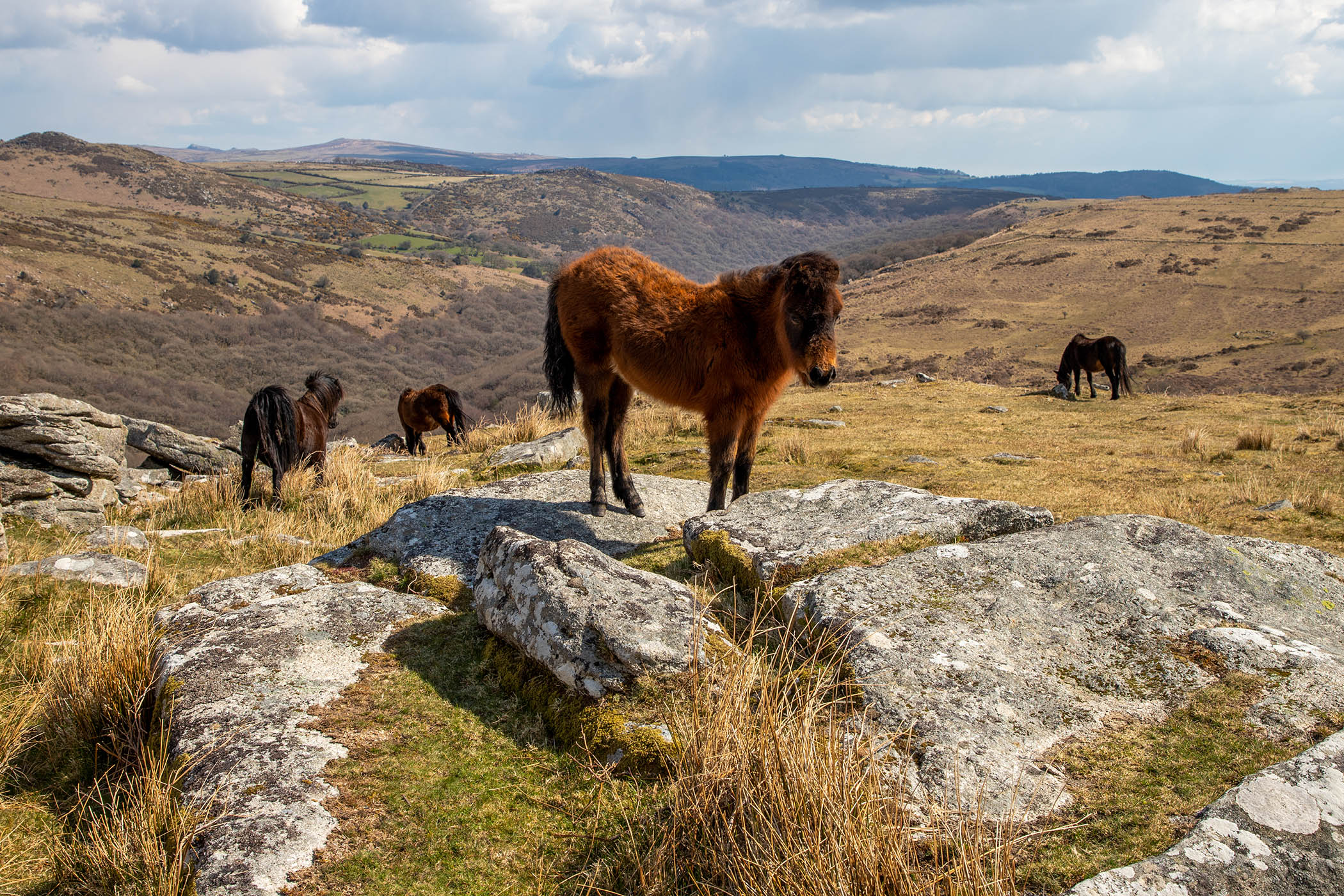To the untrained eye, Britain’s national parks may look like flourishing wild spaces. There are 15 of them, 10 in England, three in Wales, two in Scotland and they cover some 6,000 square miles, roughly the area of Yorkshire. The Lake District, the Peak District, the Yorkshire Dales – these famous parks loom even larger in our ideas of national identity. In art and literature, the British imagination tends towards the rural.
But they are in a state. By some measures, these supposedly protected areas are declining faster than the rest of the nation. The most important bits of nature – ancient spots of woodland, open moors teeming with skylarks – are deemed “sites of special scientific interest”, but only around a quarter of those within national parks are in “favourable condition”, according to a report published last year by the Campaign for National Parks, an independent charity. That record is beaten across England in general – where the equivalent figure is 38%. The culprits? Sheep and cows have been nibbling away at them, or they have been burned for game bird shooting, all perfectly permitted in the parks.
Lakes, chalk streams and wetlands dot the parks. But last month came news that sewage is pouring into national parks at twice the rate occurring outside them. Of the 464 “overflow” sites, effluent sloshed into them for an average of 549 hours last year: the equivalent of eight hours a day for two months. Parks in Dartmoor, the South Downs and Snowdonia were some of the worst affected, but fewer than half the rivers in national parks meet the standard required by law, and things got significantly worse in the decade to 2022. A good part of the problem is that many of these parks are heavily farmed – slurry and toxic chemicals add to the mix.
There is little progress, too, when it comes to woodland. Just 12% of the UK is covered with forest; the European average is 37%. But in national parks it is often lower still – the Yorkshire Dales has just 4.2%. The World Conservation Union places the UK’s parks in its second lowest category, and defines them as “a protected area managed mainly for landscape/seascape protection and recreation”.
What is going so wrong? Unlike their blockbuster counterparts in other countries, such as America’s Yellowstone with its wolves, elk and bears (which occupies the top category), British national parks were never set up to be purely wild places. The landscapes they are protecting had already been long shaped by farming – almost 90% of the Peak District, for example, is farmed – and pockmarked by villages.
The extent to which wildlife could be protected was therefore already compromised when these parks were set up about three-quarters of a century ago: forests, squirrels and peatland would have to co-exist alongside sheep and crop raising. But then, farming was not seen as much of a risk to nature in 1951 – it was yet to become intensive, with mass spraying of pesticides and fertilisers. Instead, the focus was preventing urban sprawl, as new towns sprung up after the war.
National park authorities (NPAs), which manage each park, were therefore primarily formed as planning committees. Funded by government, they work like particularly strict local councils, denying extensions and ensuring roofs are painted the right colour. They have next to no power to intervene in farming practices, perhaps the main threat to their statutory purpose to “conserve and enhance natural beauty, wildlife and cultural heritage”. Their predicament lies in the fact that they own a tiny proportion of the land – ranging from less than 0.4% in the Yorkshire Dales to more than 13% in the Brecon Beacons. Elsewhere, organisations such as Forestry England and the Ministry of Defence, have large plots – but about 90% of the land in these parks is privately owned.
NPA budgets are also relatively tiny, says Prof Julia Aglionby, the director of the Foundation for Common Land. “They can afford to run a few nature schemes, on things like hedging, that farmers can apply for”. Otherwise, they are largely obliged to rely on persuasion. Some want to beef up these authorities – giving them bigger budgets and more power. The government commissioned a Landscapes Review, published in 2019, and is considering some of its recommendations, including upgrading their boards to give them more environmental expertise, and changing the focus to restoring wildlife, rather than just conserving landscapes. Yet NPA funding has also fallen by some 40% in real terms over the past decade, and last week a suggested change to the planning bill by Rachel Reeves would relax the rules, making it easier for developers to build houses on national park land. Meanwhile, a public body called Natural England is in charge of monitoring progress but scarcely has the budget to do so. As a result, says Rose O’Neill, the chief executive of the Campaign for National Parks, “only around 6% of national parks are managed well. We suspect it is more but we don’t know because no one is measuring it”.
The current state of our national parks can be traced directly to central government and what it does with the farming budget. NPAs can draw up plans and nudge things along, but farmers own fully 64% of the parks, and have the scope to restore nature or add to its destruction: everything hinges on what they decide to do. And there we hit a snag. When EU subsidies disappeared in the wake of Brexit, so did incentives to farm sustainably. These were replaced by three seriously flawed British schemes. One was paused in March, and will not reopen until next year, another is being rolled out at a snail’s pace to tiny “pilot” areas, and the third requires a 20-year commitment from famers but allows the government to pull out from year to year. “Lots of farmers want to deliver public goods – there is lots of energy and ambition to do things sustainably, but no scheme to apply for as things stand,” says Aglionby. “They are going broke. It is inevitable that they are going to farm more intensively. We might want nature to get better, but unless things improve for farmers it is just not going to happen.”
Photograph by Paul Mansfield Photography/Getty Images

